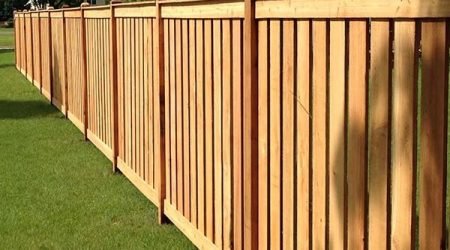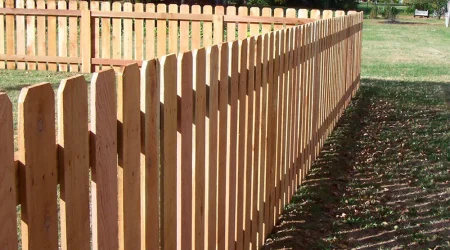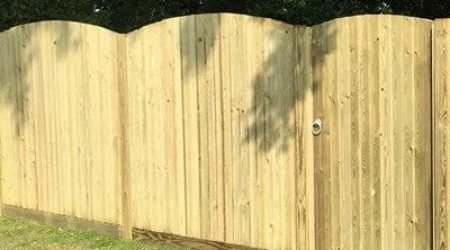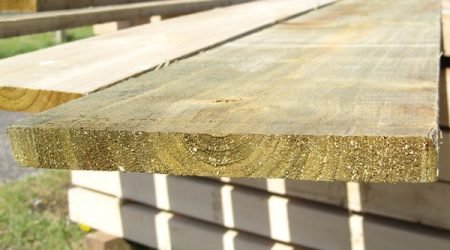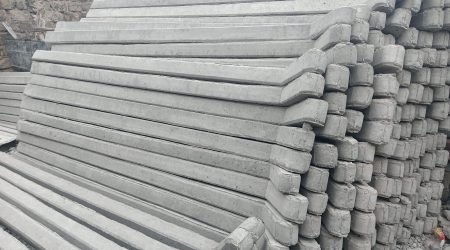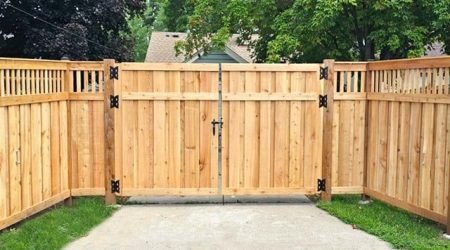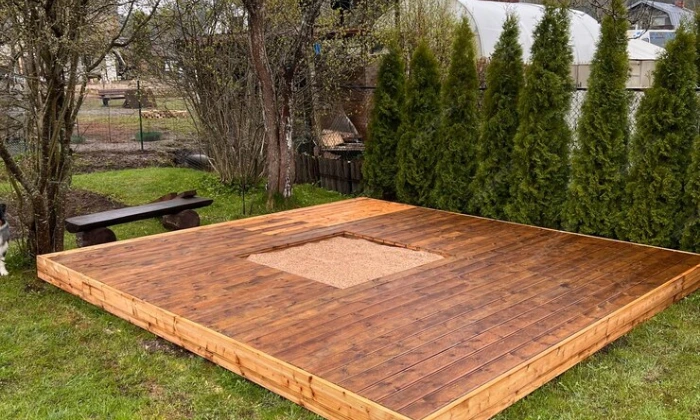Building a solid base for your garden shed is essential for ensuring its longevity and functionality. A well-constructed base keeps the shed level, prevents moisture buildup, and enhances overall stability. In this guide, we will explore different methods for making a shed base, including how to make a shed base without concrete and how to build a shed base with paving slabs. Let’s get started!
Why a Shed Base is Important
A shed base is essential for maintaining stability, ensuring the shed remains level and secure. It elevates the structure, significantly reducing the risk of water damage from ground moisture. Additionally, a solid base protects the shed from decay, ultimately enhancing its lifespan and preserving its functionality for years to come.
Materials Needed
Before starting your project, gather the following materials:
Timber Beams or Paving Slabs:Timber beams provide a sturdy frame for the base, while paving slabs create a stable surface for the shed to rest on, offering durability and protection.
Gravel or Compacted Soil: Gravel promotes proper drainage to prevent moisture buildup, while compacted soil can serve as a stable and level base for lighter sheds.
Level: A level ensures that your base is perfectly horizontal, helping to prevent structural issues with the shed due to uneven ground.
Measuring Tape: This flexible tool allows you to accurately measure dimensions and distances, ensuring that your base fits the shed properly.
Shovel: A shovel is used for digging and moving soil, gravel, or other materials during the preparation and leveling process of the base.
Spirit Level: Similar to a standard level, a spirit level provides precise leveling of surfaces, allowing you to check the evenness of beams or paving slabs.
Weed Barrier Fabric (Optional): This fabric helps prevent weeds from growing under the shed, reducing maintenance and keeping the base area tidy.
Landscaping Fabric or Plastic Sheeting (Optional): These materials can provide an additional moisture barrier, protecting the shed from ground moisture and improving durability.
Preparation Steps
- Select Location: Choose a flat, dry area in your garden.
- Measure the Shed: Determine the dimensions of your shed to plan the base accordingly.
- Mark the Area: Use stakes and string to outline the shed’s footprint.
- Clear the Area: Remove any grass, weeds, or debris from the marked area.
Method 1: How to Make a Shed Base Without Concrete
Building a shed base without concrete is a cost-effective and straightforward method. Follow these steps:
- Excavate the Area: Dig out the marked area to a depth of about 4 inches.
- Add Gravel: Fill the area with a layer of gravel (about 2 inches) to promote drainage.
- Install Timber Beams: Lay timber beams around the perimeter to form a frame.
- Level the Base: Use a spirit level to ensure the beams are even.
- Fill with Gravel: Add more gravel inside the frame, leveling it off to create a stable surface.
- Compact the Gravel: Use a tamper to compact the gravel, creating a firm base.
Method 2: How to Build a Shed Base with Paving Slabs
If you prefer using paving slabs, follow these instructions:
- Excavate and Level the Area: As in the previous method, dig out the area and level it.
- Add a Base Layer: Fill the excavated area with gravel or sand for drainage.
- Lay Paving Slabs: Starting from one corner, lay the slabs closely together. Ensure they are level with each other.
- Check for Level: After placing each slab, use a level to ensure they are even.
- Fill Gaps: Once all slabs are laid, fill the gaps with sand or gravel to secure them in place.
Cheapest Shed Base Options
If you’re on a budget, several cost-effective options can serve as a shed base. Wooden pallets are a great choice; they offer a sturdy foundation and can often be obtained for free or at a minimal cost from local businesses. Compact soil is another economical solution, as simply compacting the existing soil can create a stable base for smaller, lighter sheds.
Additionally, gravel is an inexpensive yet effective option, providing excellent drainage while being easy to install. These alternatives ensure your shed remains stable and protected without straining your finances.
Conclusion
Do you still wonder, how to make a base for a garden shed? Building a shed base is a vital step in ensuring your garden shed stands the test of time. Whether you choose to make a base without concrete or opt for paving slabs, the key is to provide a stable and level foundation. By following the steps outlined in this guide, you’ll create a durable base that will protect your shed and keep it functional for years to come.
FAQs
1. Can I use a shed on uneven ground?
No, it’s essential to have a level base to prevent structural issues.
2. How deep should a shed base be?
A depth of 4 inches is typically sufficient for a gravel base.
3. Is it necessary to use a weed barrier?
While not necessary, a weed barrier can help prevent vegetation growth under your shed.
4. How long does it take to build a shed base?
The time required varies, but you can typically complete it in a day.
5. Can I build a shed base in the winter?
Yes, but be cautious of frozen ground, which can make excavation difficult.


